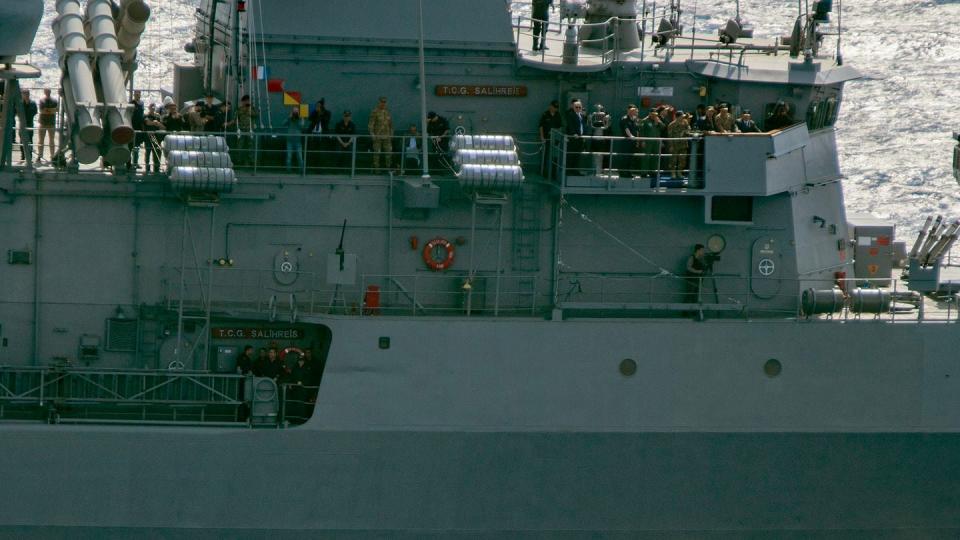Turkey’s navy deploys unmanned surface vessels during Denizkurdu drill
MARMARIS, Turkey — The Turkish Naval Forces hosted an exercise in the Mediterranean Sea this month that involved several unmanned surface vessels, among other ships, submarines and aircraft.
The Denizkurdu-II drill, which also saw participation by the Turkish Air Forces, began May 7 and concluded May 18.
Six Albatros-S unmanned surface vessels, made by domestic company Aselsan, were in attendance. The platform is 7.2 meters long and 2 meters wide. It has a displacement of 2,200 kilograms. Its diesel engine can propel the vessel more than 40 knots. The vessel can carry a 200-kilogram warhead.
The other was the TCB 1101, the first unmanned surface vessel commissioned with the navy. The Marlin platform previously took part in NATO exercises REPMUS and Dynamic Messenger in 2022 off the coast of Portugal.

Developed in cooperation with Aselsan and Sefine Shipyard, it is 15 meters long and 3.85 meters wide. It has a displacement of 21 tons. It features the Ares 2N electronic support measures system, the Areas 2NC electronic countermeasures systems and the Stamp remote controlled weapon station, all made by Aselsan.
The USVs were controlled from land-based and shipborne control centers.
Cem Okyay, a retired rear admiral with the service, told Defense News that the unmanned surface vessels offer the navy a defense against asymmetric threats, help fulfill anti-surface warfare, anti-submarine warfare and electromagnetic warfare missions, and can carry out mine countermeasure operations. They also provide an additional means of reconnaissance, surveillance and intelligence gathering.
Other participating platforms included 94 crewed ships of various types, eight submarines, 10 maritime patrol planes, 16 helicopters, 28 unmanned combat aerial vehicles, 26 fighter aircraft, one airborne warning and control system aircraft, one A400M cargo plane and one target-towing plane.
The navy did not respond to a request for comment.

